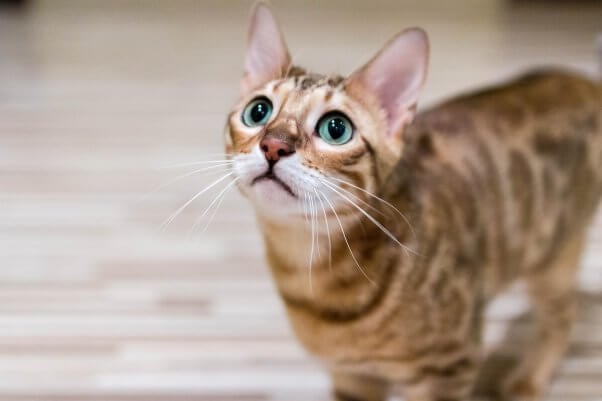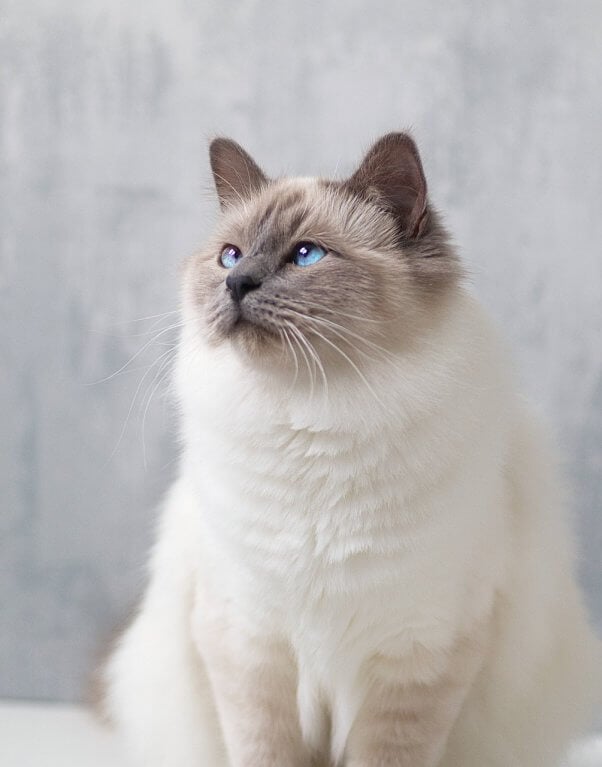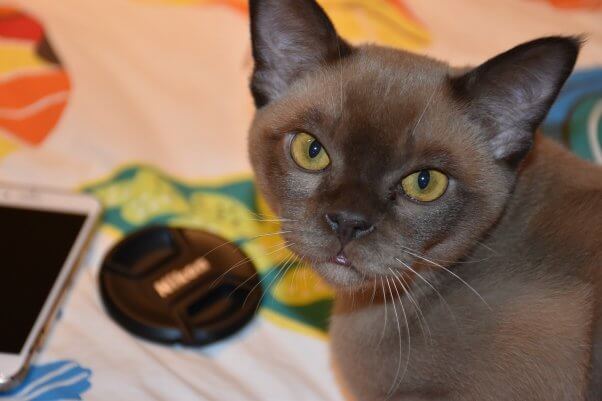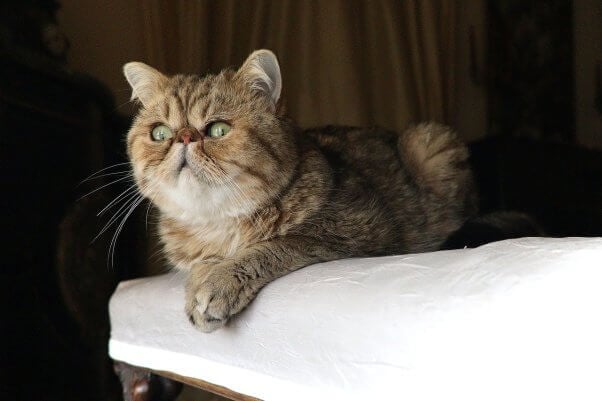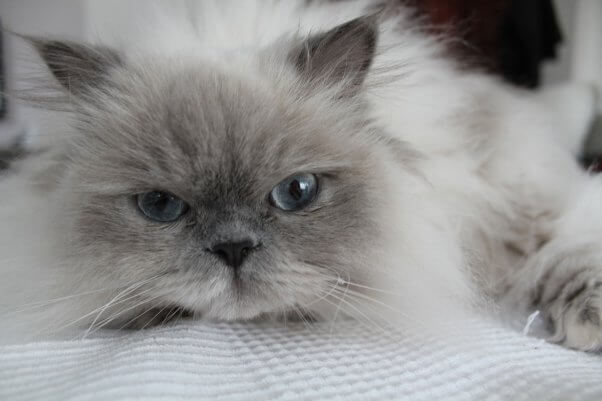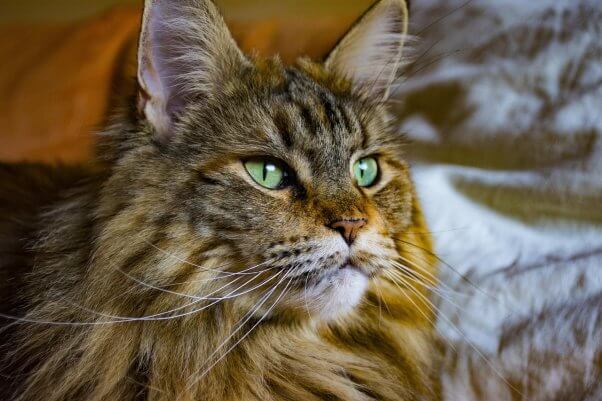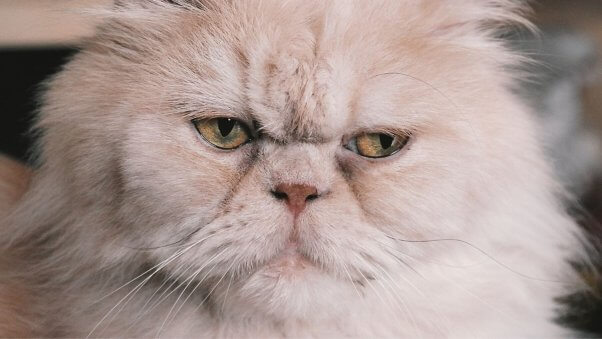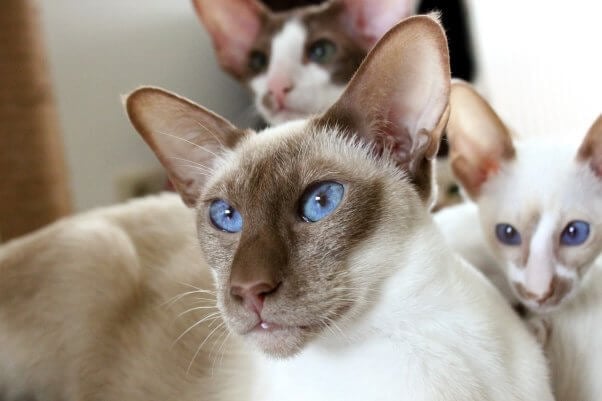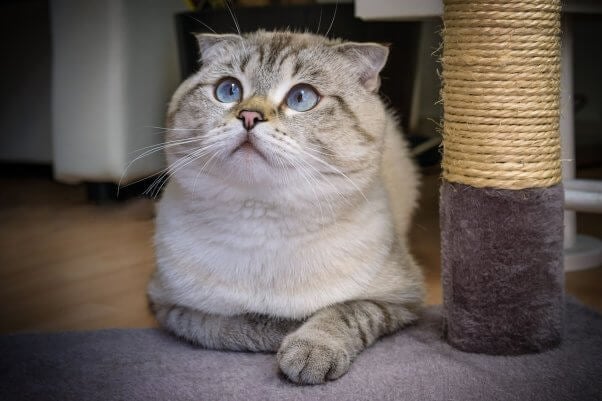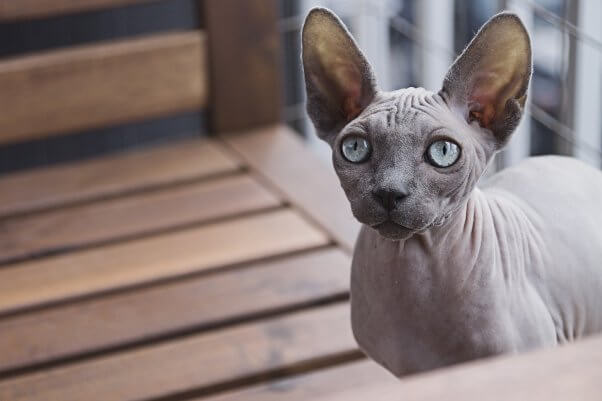Persians, Bengals, and Other ‘Purebred’ Cats Who Are Prone to Disease
If you only want a cat who looks a certain way, it’s time to reevaluate why you want a cat at all. Many breed standards encourage traits that cause “purebred” cats to suffer. Persian cats’ flat faces make breathing extremely difficult, and they are prone to dental disease and runny eyes. Sphynx cats, bred to be hairless, often suffer from chronic ear and skin problems and the inability to stay warm because the fur that they lack was intended to protect their ears and skin and to help regulate body temperature. Bengal cats are prone to heart disease, bladder stones, and kidney disease, yet breeders keep producing and exploiting them for profit. Learn the health risks of purebred cats, and find out why you should never buy a cat.
Ten of the Unhealthiest Purebred Cats and Their Ailments
1. Bengal
- Allergy to anesthetics (can result in complications and death during surgery)
- Bladder stones
- Cataracts
- Heart disease
- Joint problems
- Kidney problems (can lead to kidney failure)
- Luxating patella (knee dislocation)
- Progressive retinal atrophy (progressive vision loss, can end in blindness)
- Pyruvate kinase deficiency (a blood disorder)
2. Birman
- Cataracts
- Corneal sequestration
- Cystitis (bladder inflammation)
- Eyelid agenesis
- Feline hypertrophic cardiomyopathy (can lead to heart failure)
- Feline infectious peritonitis
- Genetically shortened life span of as little as 8 months
- Hemophilia (blood is unable to clot normally)
- Mouth and gum disease
- Polycystic kidney disease (fluid-filled cysts in the kidneys)
3. Burmese
- Asthma
- Burmese head defect
- Chronic kidney failure
- Diabetes mellitus
- Flat-chested kitten syndrome (compression of the thorax)
- Gangliosidosis (metabolic disease that damages the central nervous system)
- Hypokalemicpolymyopathy (weakening of muscles caused by low potassium levels)
- Inflammatory bowel disease
- Orofacial pain syndrome (pain in face and tongue)
- Osteoarthritis of the elbow
- Peripheral vestibular disease (extreme vertigo)
- Pica (eating of non-food items)
4. Exotic Shorthair
Exotic shorthairs are a cross between Persians and American shorthairs. They suffer from many of the same health problems as Persians, but their coats differ. Exotic shorthairs are the most-registered purebred cat in America, so their suffering is widespread.
- Brachycephalic airway syndrome
- Cataracts
- Dental disease
- Eyelid agenesis
- Feline hypertrophic cardiomyopathy arterial thromboembolism (blood clots lodged in the aorta, can result in paralysis and death)
- Feline lower urinary tract disease
- Hip dysplasia
- Obesity
- Polycystic kidney disease
- Portosystemic shunt (a liver defect)
- Progressive retinal atrophy
5. Himalayan
- Asthma
- Bladder stones
- Brachycephalic airway syndrome
- Corneal abrasions and ulcers
- Dental disease
- Ehlers-Danlos syndrome (weak connective tissue)
- Feline lower urinary tract disease
- Heart disease
- Hyperthyroidism
- Obesity
- Polycystic kidney disease
- Portosystemic shunt
6. Maine Coon
- Feline hypertrophic cardiomyopathy
- Hip dysplasia
- Obesity
- Polycystic kidney disease
- Spinal muscular atrophy
- Stomatitis
7. Persian
A study conducted by the Royal Veterinary College and the University of Edinburgh in 2019 found that nearly 65% of Persians had at least one recorded disorder.
- Bladder stones
- Brachycephalic airway syndrome
- Dental disease
- Eye problems
- Feline lower urinary tract disease
- Fungal skin infection
- Haircoat disorders
- Polycystic kidney disease
- Portosystemic shunt
8. Siamese
- Asthma
- Gangliosidosis (metabolic disease that damages the central nervous system)
- Hip dysplasia
- Hydrocephalus (buildup of cerebrospinal fluid causing pressure on the brain, chronic pain, and loss of brain function)
- Intestinal tumors
- Lung cancer
- Mediastinal lymphoma
- Niemann-Pick disease (sphingomyelinase deficiency, a fatal neurological disease)
- Pica
- Progressive retinal atrophy
- Systemic amyloidosis (can lead to liver failure)
9. Scottish Fold
The gene that results in the Scottish fold’s distinctive folded ears also causes degenerative joint disease, which results in painful, crippling arthritis. All Scottish fold cats are affected by this. There is no cure. Many affected cats must be euthanized at an early age to end their suffering. Cessation of breeding of any cats with folded ears would eliminate this condition promptly.
- Arthritis
- Ear infections
- Feline hypertrophic cardiomyopathy
- Obesity
- Osteochondrodysplasia (disorder of bone and cartilage)
- Polycystic kidney disease
10. Sphynx
- Eye problems
- Feline hypertrophic cardiomyopathy
- Heatstroke
- Hereditary myopathy (muscle disorder)
- Hypothermia
- Obesity
- Oil buildup on skin
- Respiratory problems
- Skin infections
- Sunburn
Don’t Take the Breeders’ Buzzword Bait—There’s No Such Thing as a Hypoallergenic Cat
“Hypoallergenic” is a buzzword that breeders use when making claims about certain purebred cats. But they’re lying to you—hypoallergenic cats do not exist. If you’re allergic to cats, you’re allergic to a protein found in their saliva, dander, and/or urine but not necessarily their fur. The primary allergen is spread to cats’ fur and skin when they groom themselves, which is why some people have an allergic reaction after touching them. Some cats shed less or produce less of the protein, but anyone with an allergy could still have a reaction.
Always Adopt—Never Buy a Cat
Becoming a cat’s guardian means committing to providing all the necessities—food, fresh water, a clean litterbox, veterinary care, mental and physical exercise, and love and affection for life. Caring for a cat is a huge responsibility—one that could last 20 years or more. If giving a feline companion a loving, safe home is a responsibility that you’re prepared to take on, visit a reputable shelter to adopt. Never buy a “purebred” cat or any other animal.

